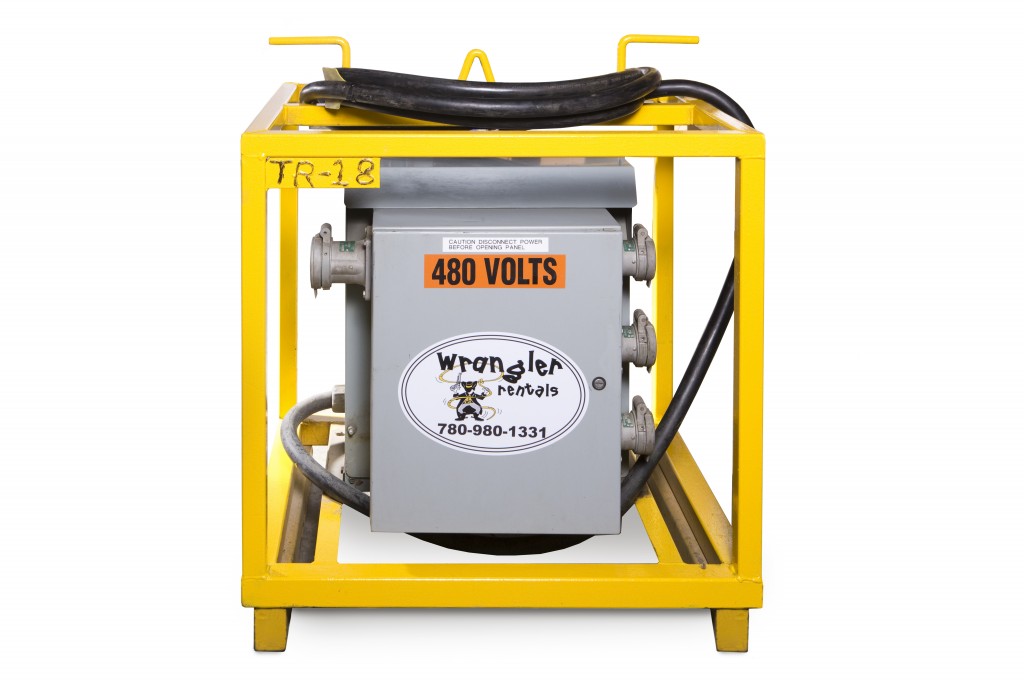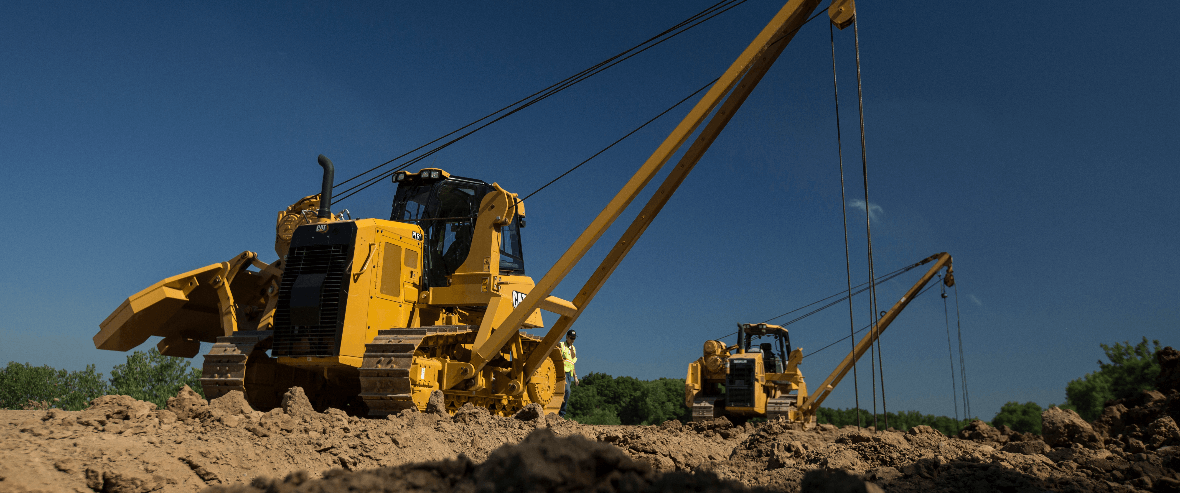Superior Oilfield pipeline equipment rentals vs owning machines: which saves more?
Wiki Article
A Comprehensive Guide to the Various Kinds Of Oil Field Equipment and Pipeline Equipment Available
The oil and gas market counts heavily on specific devices for reliable extraction and transportation. Different kinds of equipment, from piercing rigs to storage space containers, play essential functions in this intricate procedure. Each tool serves unique functions that add to total functional success. Understanding these components is essential for anyone associated with the industry. As the industry develops, so too do the innovations that sustain it. What advancements are on the perspective?
Drilling Rigs: The Foundation of Oil Expedition
Drilling rigs act as the necessary equipment in the domain name of oil exploration, enabling companies to accessibility hydrocarbon reserves buried deep beneath the Planet's surface. These rigs are available in various kinds, including land rigs, offshore rigs, and mobile devices, each developed to run in certain environments. Equipped with sophisticated modern technology, piercing rigs can pass through geological formations with precision, making sure efficient source extraction. The architectural integrity and functional abilities of these rigs are essential, as they have to endure extreme conditions and considerable stress. In addition, the selection of a drilling gear impacts the general task expense and timeline, making it a crucial consideration for oil companies seeking to enhance their expedition initiatives and take full advantage of performance in their procedures.Pumps: Necessary for Liquid Activity
In the oil removal procedure, the function of pumps is significant, helping with the movement of fluids throughout various phases of manufacturing. Pumps are vital for delivering unrefined oil, water, and other fluids from below ground tanks to the surface and after that through pipes to refineries. They can be found in different types, consisting of centrifugal, favorable displacement, and completely submersible pumps, each serving particular functions based on the fluid qualities and operational requirements. Centrifugal pumps are typically used for their efficiency in high-flow applications, while favorable displacement pumps excel in handling thick fluids. The selection of pump effects overall performance, operational safety, and upkeep costs. Correct option and upkeep of pumps are important for optimizing production and lessening downtime in oil field operations.Shutoffs: Controlling Circulation and Pressure

Valves play an essential duty in handling the circulation and pressure of fluids within oil areas and pipes. Various types of valves serve distinctive applications, each designed to satisfy details features basic for reliable procedure - Superior Oilfield Rentals. Understanding the qualities and uses these valves is necessary for enhancing system efficiency and security
Kinds of Valves
Crucial parts in oil field procedures, shutoffs play a vital duty in controlling the circulation and stress of liquids within pipelines and tools. Various kinds of shutoffs are made use of to satisfy the diverse demands of oil and gas manufacturing. Usual kinds include gate shutoffs, which offer a straight-line flow and minimal stress decrease; globe shutoffs, understood for their throttling capabilities; and round shutoffs, acknowledged for their quick on/off control. Furthermore, check valves protect against backflow, while butterfly shutoffs offer a lightweight solution for managing circulation. Each shutoff type is made with particular products and configurations to withstand the extreme conditions frequently located in oil fields, guaranteeing reliability and performance in procedures. Comprehending these types is crucial for reliable system monitoring.Valve Applications and Functions
While various kinds of valves serve distinct purposes, their main applications focus on controlling circulation and pressure within oil and gas systems. Shutoffs such as gateway, world, and ball valves regulate fluid movement, making sure peak performance and security. Gate valves are generally used for on/off control, giving minimal circulation resistance. World valves, on the other hand, deal specific flow regulation, making them appropriate for strangling applications. Round valves are favored for their fast operation and tight securing abilities. Furthermore, stress alleviation valves are critical for avoiding system overpressure, guarding equipment stability. Generally, the appropriate option and application of valves boost functional performance, making sure the reliable transport of oil and gas through pipelines and handling centers.Compressors: Enhancing Gas Transport
Compressors play a vital role in the efficient transportation of gas, making sure that it relocates smoothly with pipes over cross countries. These tools raise the stress of all-natural gas, permitting it to overcome friction and elevation changes within the pipeline system. Additionally, compressors facilitate the balancing of supply and need, accommodating fluctuations in consumption and production prices. Numerous types of compressors are utilized in the market, consisting of centrifugal, reciprocating, and rotating screw compressors, each offering distinct advantages based upon the functional demands. Routine maintenance of these compressors is important to make the most of performance and minimize downtime, ultimately contributing to a trustworthy gas transport network. Their crucial function highlights the significance of compressors in the general oil and gas framework.Storage Tanks: Safe and Effective Liquid Administration
Effective transport of gas depends on various support group, among which is the correct monitoring of storage space tanks. These tanks play an essential function in safely containing fluids, making certain that functional effectiveness is maintained while lessening environmental dangers. Created from resilient materials, they are developed to endure high stress and corrosive elements. Effectively sized and tactically situated, storage containers assist in the smooth circulation of natural gas and various other liquids, preventing traffic jams in supply chains. Normal maintenance and surveillance are important to detect leaks or architectural issues, promoting safety and security and compliance with regulative requirements. Inevitably, the effective administration of storage space containers is crucial for the general honesty and reliability of the oil and gas market's liquid handling systems.
Pipeline Equipments: Infrastructure for Transportation
Pipeline systems work as the foundation of the oil and gas industry, helping with the reliable transport of hydrocarbons over vast distances. These systems include numerous components, including pipes, valves, pumps, and compressors, all thoroughly designed to ensure seamless circulation. The materials made use of in pipeline construction, commonly steel or high-density polyethylene, are picked for resilience and resistance to rust. Pipeline networks can span across land and water, connecting production sites to refineries and distribution centers. Furthermore, progressed modern technology enables real-time tracking of circulation rates and pressure degrees, improving functional performance. The tactical placement of these pipes decreases ecological impact while maximizing resource availability, consequently playing an important function in meeting energy demands internationally.Safety And Security Equipment: Making Certain Worker and Environmental Security
The operation of pipeline systems, while essential for power transportation, likewise provides significant safety and security obstacles for workers and the environment. Safety and security devices plays a considerable duty in mitigating these risks. Individual safety equipment (PPE) such as helmets, gloves, and non-slip footwear safeguards employees from physical threats. In addition, gas discovery systems keep an eye on for leakages, making sure that dangerous compounds do not present a danger to workers or the surrounding environment. Emergency shutdown systems are vital for rapidly halting procedures throughout a dilemma, avoiding potential calamities. Spill control materials, including absorbents and barriers, are essential for reducing ecological effect. Generally, purchasing all-inclusive safety and security tools is essential for keeping functional integrity and securing both workers and the environment in the oil and gas market.
Often Asked Questions
How Do I Choose the Right Oil Field Equipment for My Job?
Picking the appropriate oil area devices involves assessing task specifications, budget constraints, and functional needs. Consider aspects such as tools dependability, compatibility with existing systems, and the provider's reputation to assure peak performance and here safety.What Are the Upkeep Requirements for Oil Field Equipment?
Upkeep requirements for oil field equipment include regular evaluations, lubrication, and timely repairs. Operators needs to also stick to producer guidelines, monitor efficiency metrics, and guarantee conformity with safety laws to improve long life and effectiveness.
Just How Can I Make Certain Compliance With Environmental Regulations?
To guarantee compliance with ecological regulations, business have to carry out normal audits, implement finest techniques, invest in training, keep proper paperwork, and remain updated on regulations (Superior rentals squeeze tools). Collaboration with environmental companies can additionally enhance adherence to policiesWhat Is the Typical Life-span of Pipeline Equipment?
The average lifespan of pipeline devices commonly ranges from 20 to 50 years, depending upon variables such as material top quality, ecological conditions, and maintenance techniques. Normal inspections can significantly affect durability and operational performance.Exactly how Do I Safely Move Oil Field Equipment to Remote Locations?
Carrying oil field tools to remote places requires cautious planning, consisting of route analysis, protecting permits, utilizing appropriate lorries, and guaranteeing safety methods are adhered to. Proper training and interaction among crews are necessary for successful transport.Report this wiki page